Quilting, the timeless art of sewing together pieces of fabric to create stunning and cozy masterpieces, has captivated the hearts of crafters and artisans for generations. From heirloom-quality quilts that tell a story with every stitch to modern designs that add a touch of warmth and creativity to your home, quilting is a captivating hobby that’s both practical and artistic. If you’ve ever been curious about how to embark on your quilting journey, you’ve come to the right place.
In this Quilting 101 guide, we’ll walk you through the essential steps to get started, whether you’re a complete novice or an experienced seamstress looking to explore a new avenue of creativity. Let’s get started.
Reader's Roadmap
Gather Your Supplies
Before delving into the world of quilting, it’s essential to assemble the necessary tools and materials. Start by selecting a variety of fabrics, taking into account the colors and patterns that will make up your quilt. Acquire essential quilting tools, including a rotary cutter, cutting mat, rulers, and fabric scissors for precise cutting.
A reliable sewing machine is a valuable asset if you choose machine quilting, along with high-quality quilting thread in coordinating colors. As highlighted by the team from QuiltersReview.com, you can read reviews for the machines and software that can assist you in quilting, ensuring you have the best equipment for your projects. Having these supplies on hand will make your quilting journey smoother and more enjoyable.
Learn Quilting Basics
Embarking on a quilting journey requires a solid understanding of the craft’s fundamental principles. Begin by immersing yourself in the world of quilting terminology and techniques. Books, online tutorials, or quilting classes are excellent resources for gaining this knowledge.
In addition to terminology, it’s essential to explore the diverse quilting styles available, such as traditional, modern, or art quilting, as each offers unique design elements and approaches. Learning these basics will not only provide you with a strong foundation but also inspire your creativity as you explore the countless possibilities within the quilting realm, enabling you to craft quilts that truly reflect your vision and style.
Plan Your Quilt Design
The heart of any quilting project lies in its design. To embark on a successful quilting endeavor, start by defining the purpose and size of your quilt, whether it’s destined for a bed, wall, or table. With a clear goal in mind, create a design or pattern that aligns with your vision. Consider the arrangement of quilt blocks, fabric colors, and overall aesthetic.
It’s important to make a list of precise measurements and fabric requirements to ensure your design translates seamlessly into reality. Careful planning at this stage sets the tone for a well-executed quilt that not only meets your functional needs but also showcases your artistic expression.
Cut and Piece Your Fabric
With your quilt design in hand, it’s time to bring your vision to life through the careful selection and assembly of fabric. Armed with a rotary cutter, cutting mat, and rulers, cut your fabric into the necessary shapes and sizes as specified in your design. The precision of your cuts is crucial to ensure that your quilt pieces fit together seamlessly.
As you piece together the fabric blocks, maintain a consistent 1/4-inch seam allowance, a cornerstone of quilting accuracy. This step involves both creativity and attention to detail, as your skillful arrangement of fabric pieces transforms your design into the beginnings of a beautiful and unique quilt top.
Quilt and Bind Your Project
With your quilt top complete, it’s time to bring your quilt sandwich to life. Layer your quilt top, batting, and backing fabric, securing them together with safety pins or basting spray to prevent shifting during the quilting process. Now, it’s time to choose your preferred quilting technique, whether it’s the timeless art of hand quilting or the efficiency of machine quilting.
Stitching the layers together not only adds durability but also enhances the overall design. Once quilting is done, trim any excess batting and backing fabric. Finally, add a binding to neatly finish the edges, ensuring your project is not just a work of art but a functional piece ready to be enjoyed and cherished.
Enjoy and Practice
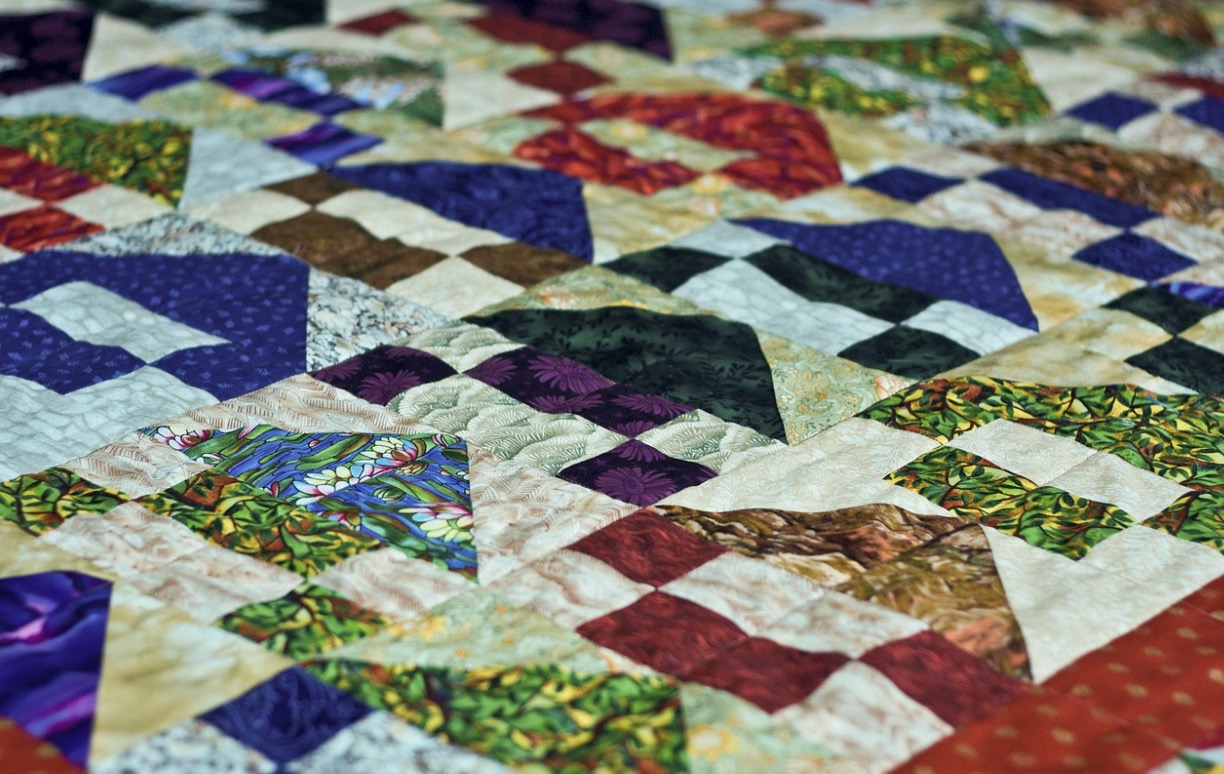
As you put the finishing touches on your quilt and step back to admire your handiwork, remember that quilting is not just a craft but a creative journey. Enjoy the satisfaction of completing a beautiful project, and don’t forget to share your creations with friends or the quilting community for feedback and inspiration.
But the journey doesn’t end with a single quilt; it’s a lifelong adventure. Keep practicing, experimenting with new techniques, and exploring different designs. With each project, you’ll refine your skills, develop your unique style, and discover the endless possibilities within the world of quilting. So, relish the process, savor the results, and let your passion for quilting continue to flourish.
Quilting is a delightful and versatile craft that offers both artistic expression and functional utility. By following the steps to gather supplies, learn the basics, plan your design, cut and piece fabric, quilt, and bind your project, you’ll be well on your way to creating beautiful quilts. As you hone your skills and embark on new projects, you’ll find joy in both the process and the final results. Quilting is a timeless art that encourages creativity, patience, and a lifelong journey of discovery.

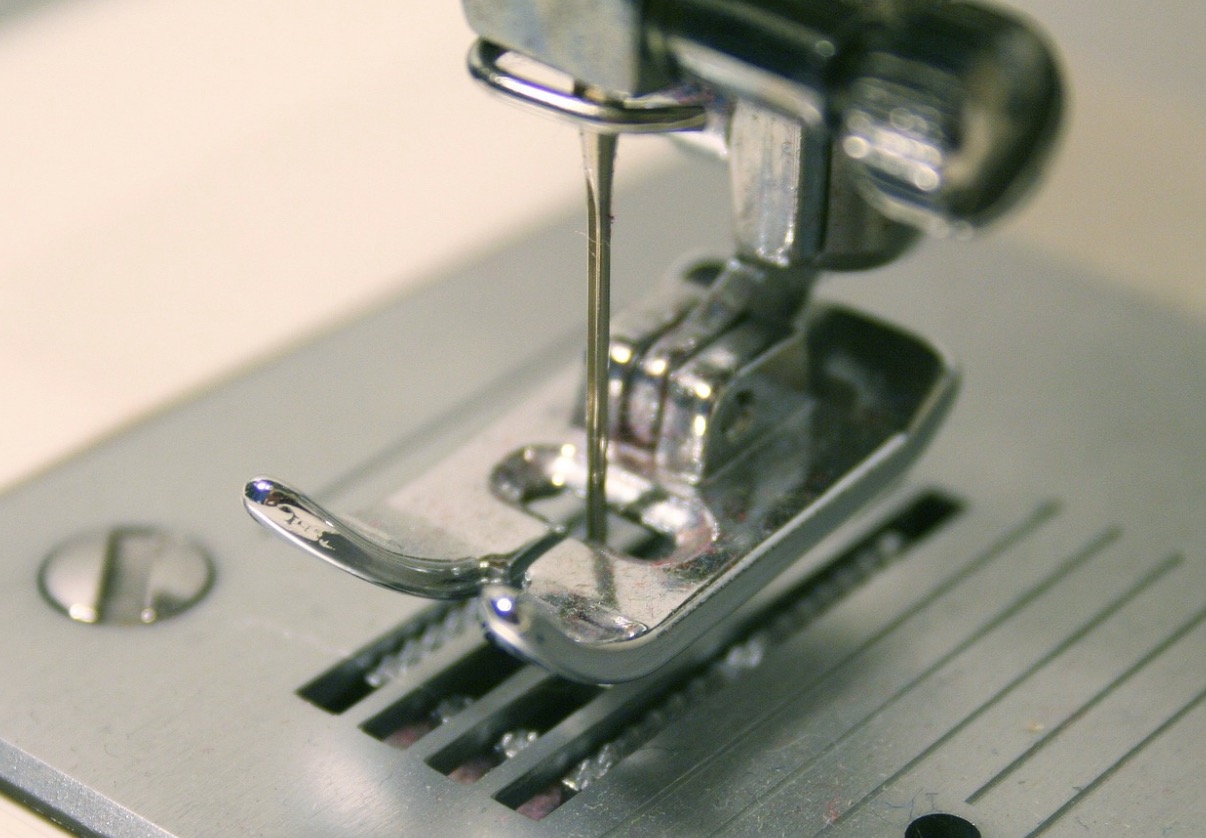
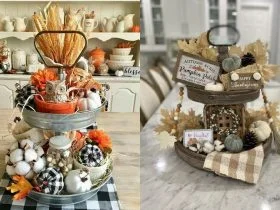
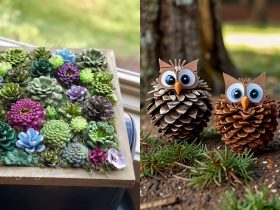

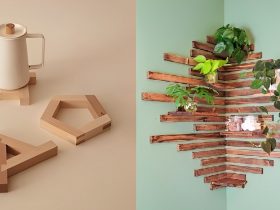
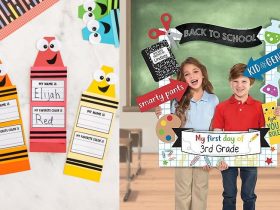
Leave a Reply
View Comments